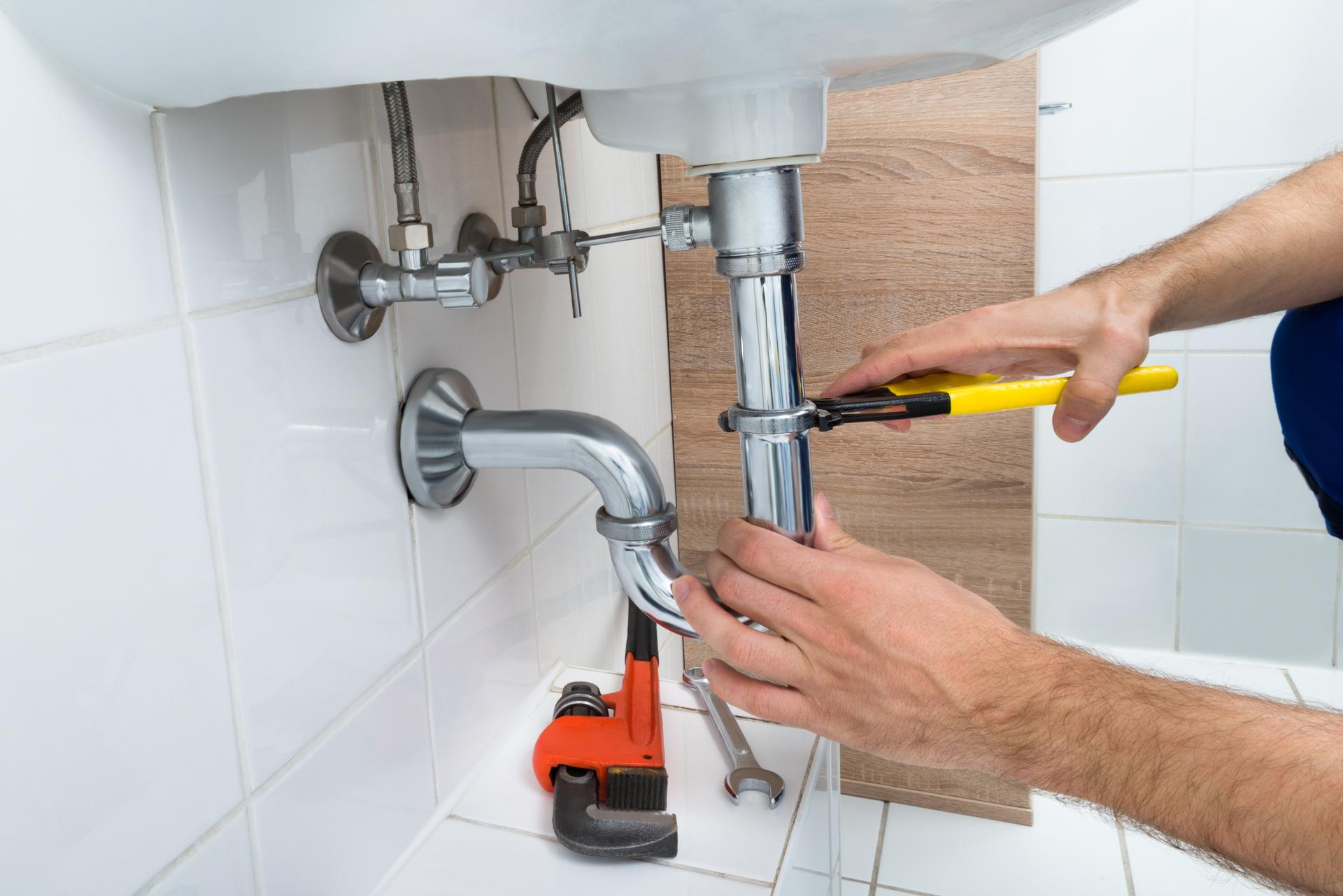Expert Advice on Replacing Your Plumbing and What to Expect and What You Need to Know

Plumbing is an integral part of every home and provides us with safe water for drinking, cooking and cleaning, as in the process of disposing of waste. But, just like every other appliance in your home plumbing is prone to wear out and require replacement.
Knowing when it’s time to change your plumbing system is vital to avoid expensive repairs and to avoid health hazards. In this article, we’ll talk about the signs that suggest that your plumbing is in need of being replaced, factors to consider prior to replacing your plumbing the procedure for replacing your plumbing as well as the benefits in replacing the plumbing and a section on FAQs to answer any questions you might have.
The signs that it’s time to upgrade your plumbing
There are many indicators that suggest your plumbing is in need of being repaired, such as leaks: If you notice water stains or puddles around your home, it’s a indication of a leak in your plumbing. Leaks can cause severe destruction to the structure of your home and lead to mold growth, so it’s essential to take action immediately. Rust: Rusty pipes are a clear indication that your plumbing requires to be replaced. Rust can cause a contamination to your water supply which makes it unfit to drink or cook with. Low water pressure: If your showerheads or faucets produce low flow of water It’s an indication of low pressure in the water and can be caused by corrosion of pipes or blockages. Water discoloration like yellow or brown, could be a sign of sediment or rust buildup in your pipes. This can affect the taste and quality of your water and may indicate the need for plumbing replacement.
Factors to Consider Before Replacing the plumbing
When replacing your plumbing, there are many factors to consider, including: Age of the plumbing system: Plumbing systems can last for approximately 50 years, so should your home be over that time, it’s most likely that it’s time to replace. Cost of replacement The replacement of your plumbing may be costly, and it’s essential to budget for the cost. The severity of the plumbing issue: If your plumbing issues are severe and affecting multiple areas of your house, replacement may be the most effective option.
What to Expect During the Plumbing Replacement Process
The replacement of plumbing requires many steps, such as: Shutting off your water source Your plumber must turn off the water supply to your home to prevent water damage or leaks. Removing old pipes: Old pipes will need to be removed, which may require cutting into walls or floors. Installing new pipes New pipes are installed, which may require rerouting in order to ensure proper water flow. The time frame for the plumbing replacement process will be based on the size of your house and the complexity of the job. Homeowners can expect some disruption during the process, including water shut-offs, and possibly damage to walls and floors.
Benefits of Replacing Plumbing
The replacement of your plumbing has many advantages, such as: Increased water efficiency: New plumbing pipes and fixtures are more efficient, which means reducing your water usage and lowering your energy bills. Improved water quality: Replacing the old pipes that are corroded with new ones will enhance the water quality and make it safer for drinking and cooking. Reduced risk of future plumbing issues The new plumbing is less likely to develop leaks or clogs, reducing the need for costly repairs in the future.
Conclusion
Removing your plumbing is a significant investment, but it’s essential to ensure the safety of your home and security. By understanding the signs that suggest your plumbing needs replacement, taking into consideration the elements that influence replacement and knowing what you can expect during the plumbing replacement process, you will be able to make an informed choice about your home’s plumbing. Make sure to remember that replacing your plumbing offers several advantages, such as increased efficiency of water, better water quality, and a reduced the chance of having plumbing problems in the future.
FAQ Section
How much will it cost to replace plumbing?
The cost to replace your plumbing will vary based on a variety of factors, including the dimensions of your home and the difficulty of the job, and the material used. In the average, homeowners should expect to spend between $5,000 and $10,000 for a complete plumbing replacement.
How long will it take to change the plumbing?
The timeline for plumbing replacement will depend upon the dimensions of your home as well as the complexity of the job. In general, a complete plumbing replacement could take from two and four weeks.
Do I need to replace my plumbing system if there is an issue with my plumbing?
If you only have one leak in your plumbing, it might not require a full replacement. If you’re experiencing a lot of leaks or notice other signs of plumbing issues, replacement might be the best solution.
Can I repair my plumbing on my own?
Replacing your plumbing is a complicated job that should be left to the expertise of a qualified plumber. Attempting to replace your plumbing yourself can result in costly errors and could pose security risks.
What kind of pipes should I use to replace my plumbing?
There are a variety of pipes that are suitable for plumbing replacement, including copper, PVC, and PEX. Your plumber can recommend the best type of pipes for your particular requirements and budget. To conclude, replacing your plumbing is a crucial decision to make with careful consideration. By understanding the signs that indicate your plumbing needs replacing, considering the elements that influence replacing, and knowing what to expect during the plumbing replacement process, you’ll be able to make an informed decision regarding your home’s plumbing. A professional plumber will guide you through the process and ensure a successful and efficient replacement of your plumbing.
